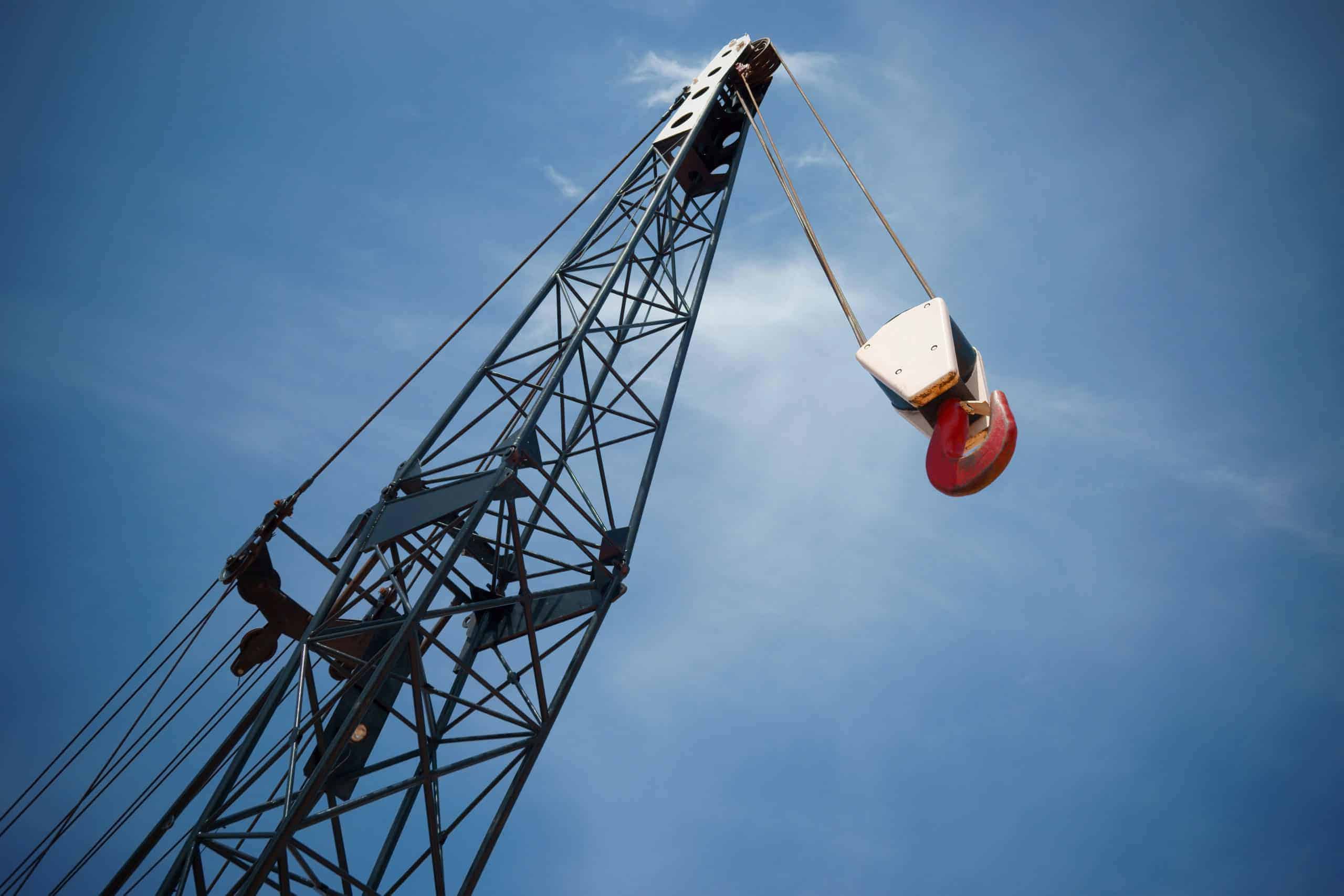Stop. Swing. Hoist. Lower. Retract. Does your construction team know the proper and most effective hand signals and protocols when operating a crane or supporting the operations of a crane?
While thoroughly inspecting the crane at your worksite before use is a critical step, it is equally important that workers are aware of best practices for crane operations and hand signals. Knowing these key protocols can help your workers safely operate and work around a crane in while it is in use.
Crane Operations
According to The Bureau of Labor Statistics, more than half of fatal crane injuries involve the worker being struck by an object or equipment. One-third of all recent worker deaths involving cranes happened to employees in transportation and material-moving occupations, and the worker was operating a crane at the time of the fatal injury in 22 percent of cases.
When preparing to use a crane, the crane operator and surrounding workers should:
- Be aware and on alert for potential high winds
- Confirm the size and operating surface support the job
- Identify and stay clear of any potential electrical hazards
- Inspect all rigging (the process to prepare crane equipment for a lift)
Workers should also follow the crane manufacturer’s specific instructions regarding:
- The load limit of the crane
- Attaching the load to the crane
- Moving the load
- The hoist limit of the crane
Learn more about the Occupational Safety and Health Administration’s (OSHA) standards for crane operation.
Crane Hand Signals
A crane operator is responsible for using correct hand signaling to communicate with the workers around them. It is crucial to ensure the crane operator and crew understand the hand signaling standards that will be used at your workplace. Standard crane handling signals often include:
- Emergency Stop – both arms out, palms down, swing arms side to side
- Swing – arm out, point index finger to where boom should swing
- Hoist – arm out, forearm and index finger pointed up, move hand, index finger in small circles
- Dog Everything – Hold both hands together at waist level
Download and print our Hand Signals For Crane Operation infographic for a complete list of signals.
Establishing and utilizing proper crane operating protocols and consistent hand signals on your worksite can help your business avoid accidents and save lives. To learn more about how to keep your workers safe when utilizing a crane, contact your agency or Amerisure Risk Management Consultant.



